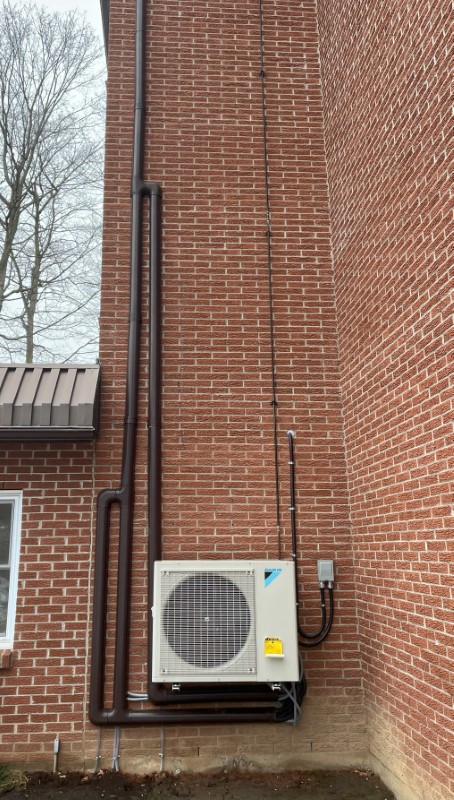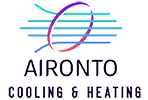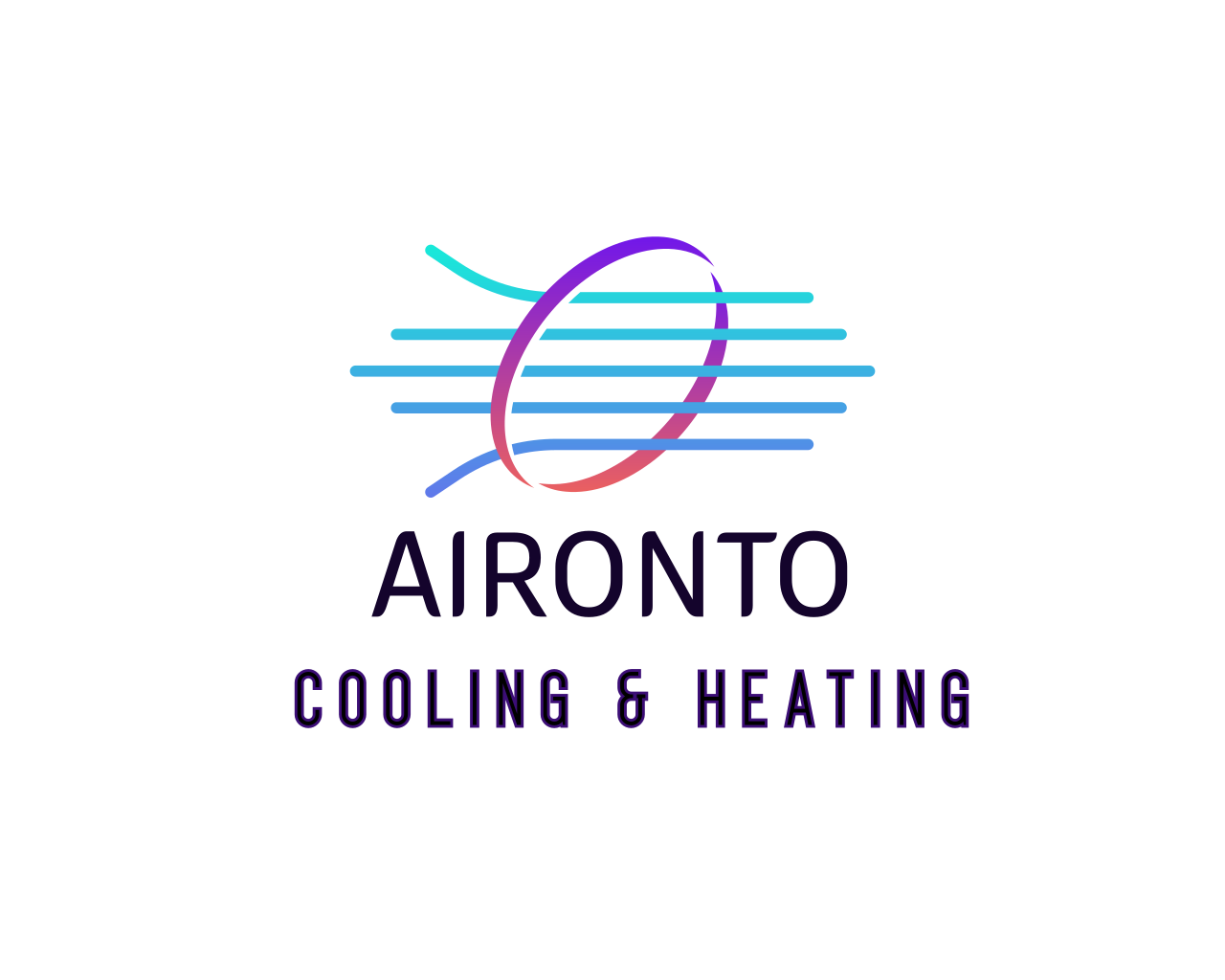How a Home Air Conditioner Works
The thermostat, which is typically mounted on a wall in a central location within the home, monitors and controls the temperature of the indoor air. The cooling process starts when the thermostat senses the air temperature needs to be lowered and sends signals to the air conditioning system components both inside and outside the home to start running.
- The fan from the indoor unit pulls hot air from inside the house through return air ducts.
- This air passes through filters where dust, lint and other airborne particles are collected.
- The filtered, warm indoor air then passes over a cold evaporator coil. As the liquid refrigerant inside the evaporator coil converts to gas, heat from the indoor air is absorbed into the refrigerant, thus cooling the air as it passes over the coil.
- The indoor unit’s blower fan then pumps the chilled air back through the home’s ductwork out into the various living areas.
- The refrigerant gas leaves the home through a copper tube and passes into the compressor in the air conditioner unit outside (think of the compressor as a large electric pump).
- The compressor pressurizes the refrigerant gas and sends the refrigerant into the outdoor unit’s condenser coil.
- A large fan pulls outdoor air through the condenser coil, allowing the air to absorb heating energy from the home and release it outside. During this process, the refrigerant is converted back to a liquid.
- It then travels through a copper tube back to the indoor unit where it passes through an expansion device, which regulates the flow of refrigerant into the evaporator coil.
The cold refrigerant then absorbs more heat from the indoor air and the cycle continues.
Types of Air Conditioner
There are three primary types – split-system air conditioner, packaged air conditioner, and ductless air conditioner:
Split-System Air Conditioner
Split-system includes both an indoor unit and an outdoor unit. The indoor unit, typically a furnace or a fan coil, includes the evaporator coil and blower fan (air handler) that circulates air throughout the home. The outdoor unit holds the compressor and the condenser coil.
Split-system air conditioners provide a variety of options, including basic single-stage systems, quieter and more efficient two-stage systems, and the quietest, most energy-saving multi-stage systems. A split system air conditioner offers consistent, reliable temperature control to the entire home. And, because the system uses filters in the indoor air handler, it can clean your air while it cools it.
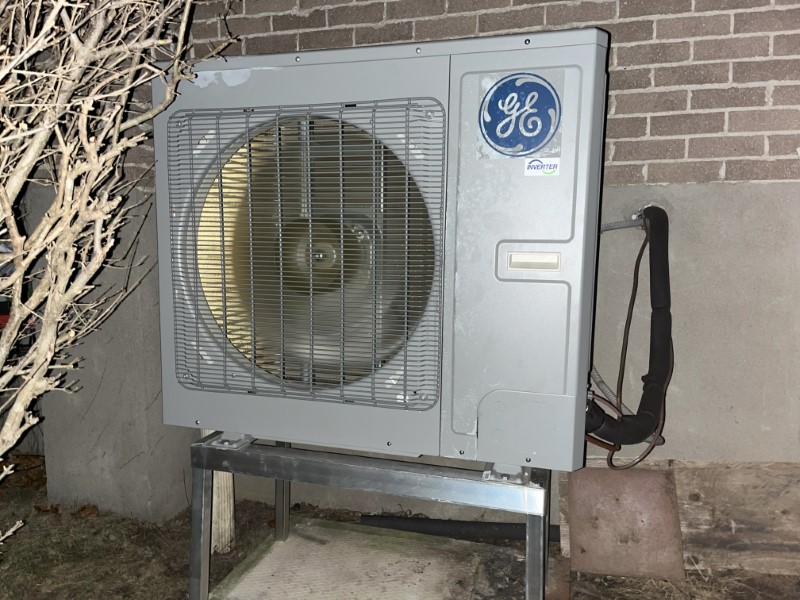
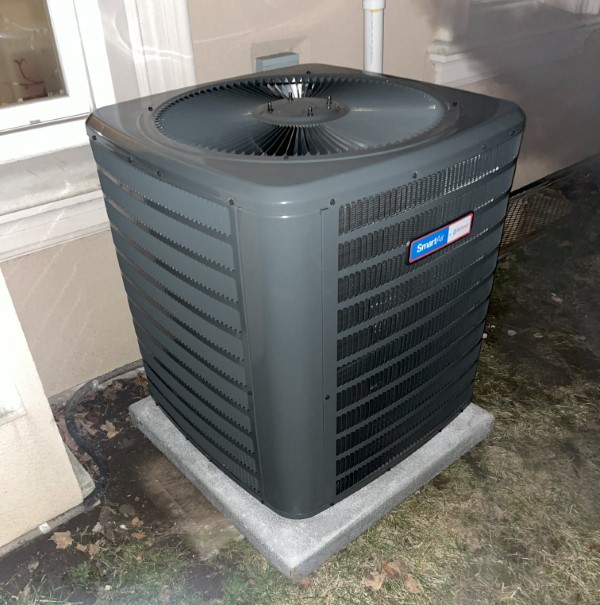
Packaged Air Conditioner
Packaged systems are an all-in-one solution. Packaged systems contain the evaporator coil, blower fan, compressor and condensing coil all in one unit. They work well when there isn’t enough space in an attic or closet for the indoor unit of a split-system air conditioner. They are also a good choice in areas where rooftop installations are preferred. Like split systems, packaged systems pull warm air from the home, through return air ducts, into its evaporator coil section. The air passes over the evaporator coil and the cooler air returned back to the home through supply air ducts. As with a split system, the unwanted heat is released to the outside through the condenser coil.
Packaged systems also offer a variety of options to provide better energy efficiency. They are available in two-stage systems and single-stage systems. Higher efficiency models include multi-speed blower fans.
Ductless Air Conditioner
Ductless systems deliver cooling to specific, targeted areas within the home. They require less invasive installation because, as their name suggests, they don’t rely on ductwork to distribute chilled air. Like split systems, ductless systems include an outdoor unit and at least one indoor unit, connected by copper refrigerant tubing. In a ductless system each indoor unit is designed to provide cool air only for the room in which it is installed. The indoor unit can be installed on a wall, in the ceiling, or on the floor. Some ductless systems can include multiple indoor units connected to one outdoor unit. Regardless of the number of indoor units, the operation is similar to a split system. The indoor unit contains an evaporator coil and blower fan to pull warm air from the room, across the cool evaporator coil, then return the cooler air back into the room. Refrigerant runs through the copper tubing to the outdoor unit where the compressor and condenser coil are located. Heat from inside is released through the outdoor condenser coil. Refrigerant returns to the indoor unit, and the cycle continues.
These flexible systems deliver pinpointed comfort in the areas where indoor units are placed. They also act like a zoning system by offering individual temperature control over each separate room. For example, if you want a cooler home office but a warmer bedroom, install a ductless unit in each room. Now you can set different temperatures in each area depending on your comfort needs.
